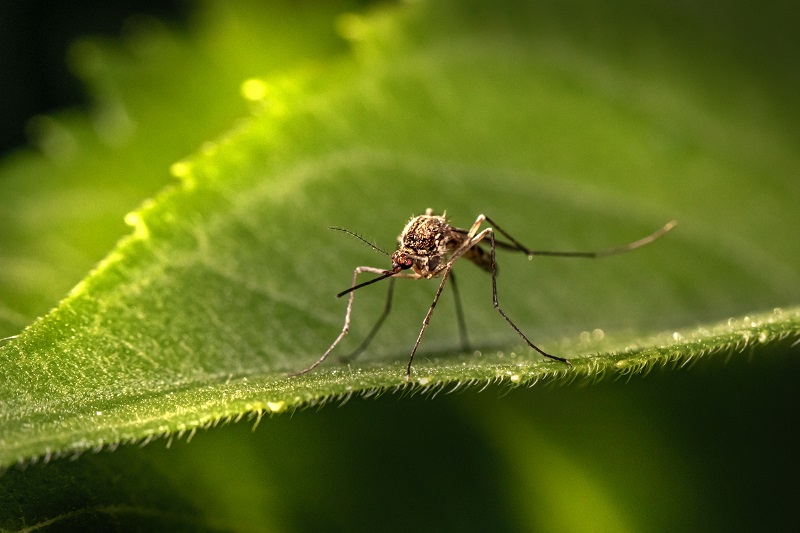
Climate change a leading reason behind spike in dengue cases worldwide
Global warming could prompt a sharp rise in dengue infections, the World Health Organisation warned on Friday. About half of the world’s population is at risk of the mosquito-borne ailment, said WHO’s Head of the Global Programme on Control of Neglected Tropical Diseases.
Around 100 to 400 million cases are reported each year, Dr Raman Velayudhan shared the estimates while briefing journalists at the UN in Geneva. The American region alone has reported a whopping 2.8 million infections and 101,280 fatalities, he added.
Eight-Fold Increase In Cases Over Last Two Decades
Dengue is one of the most common viral infections that proliferates from mosquitoes to humans. While most people with the infection do not have symptoms and recover in a couple of weeks, some require hospital care.
Dr Velayudhan particularly raised concerns over secondary infections, or when someone gets dengue for the second time. The Aedes species of mosquito acts as the vector, with the disease more common in tropical and subtropical climates.
Keep Reading
There has been an eight-fold increase over the last two decades as over 4.2 million cases were recorded last year, compared to about half a million in 2000, the WHO expert said. While Asia accounts for about 70% of the global disease burden, countries in Europe are also on alert.
Dengue and chikungunya infections have been reported in Europe for over a decade. In addition to climate change, several other factors drive the worrying spread of infections, such as urbanisation and pressure on water and sanitation.
Rain Or Shine, Virus And Vector Keep Multiplying
The mosquito can survive even during water scarcity, the expert warned. This implies the deadly dengue infections would keep increasing, both during floods as well as droughts. And research suggests the virus and the vector multiply faster at higher temperatures.
There is no specific treatment, yet. Usually, patients with the infection are treated with medicines originally meant to drive away fever and pain. Several new tools are under development, with a few antivirals currently undergoing clinical trials.




